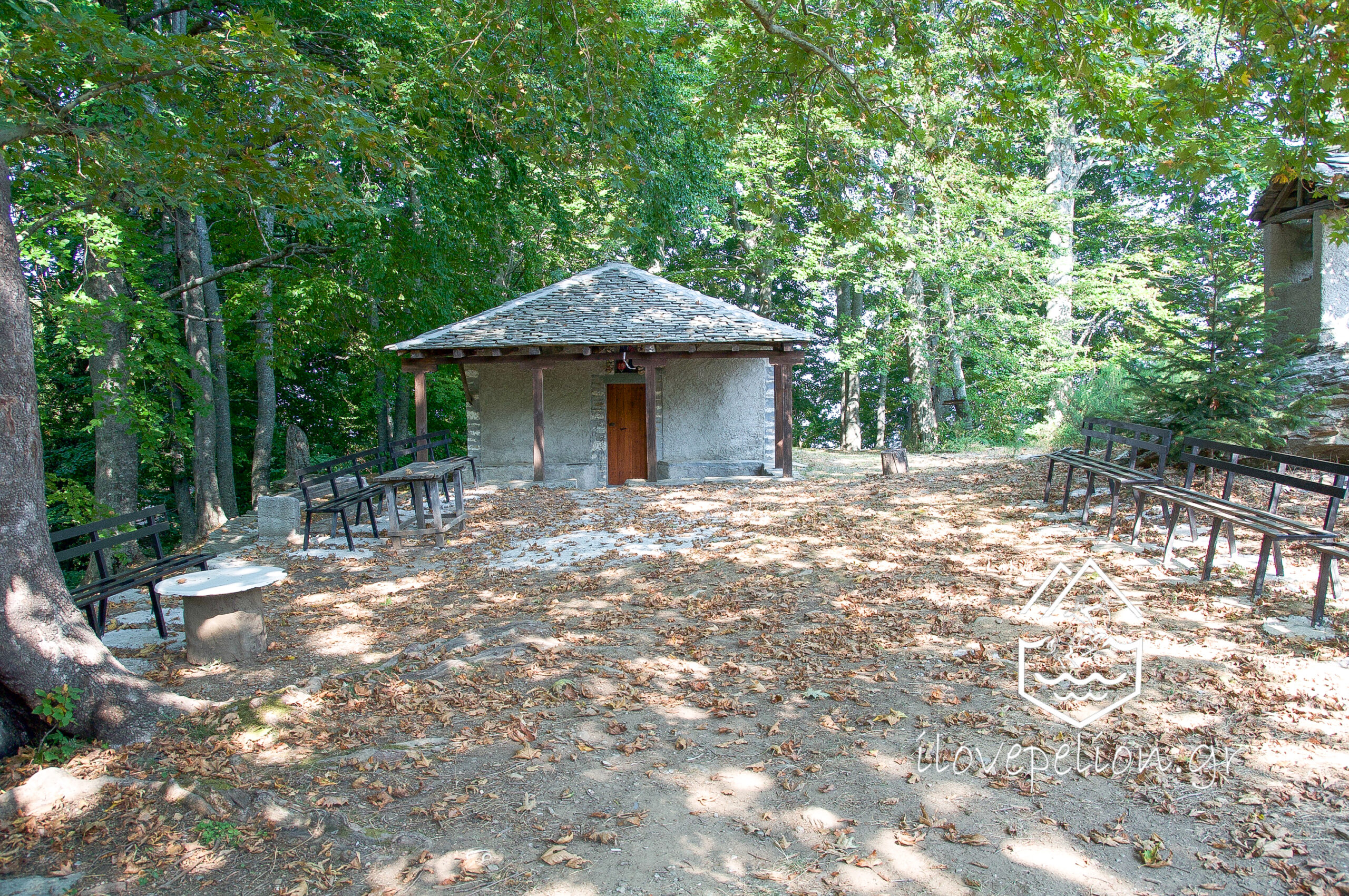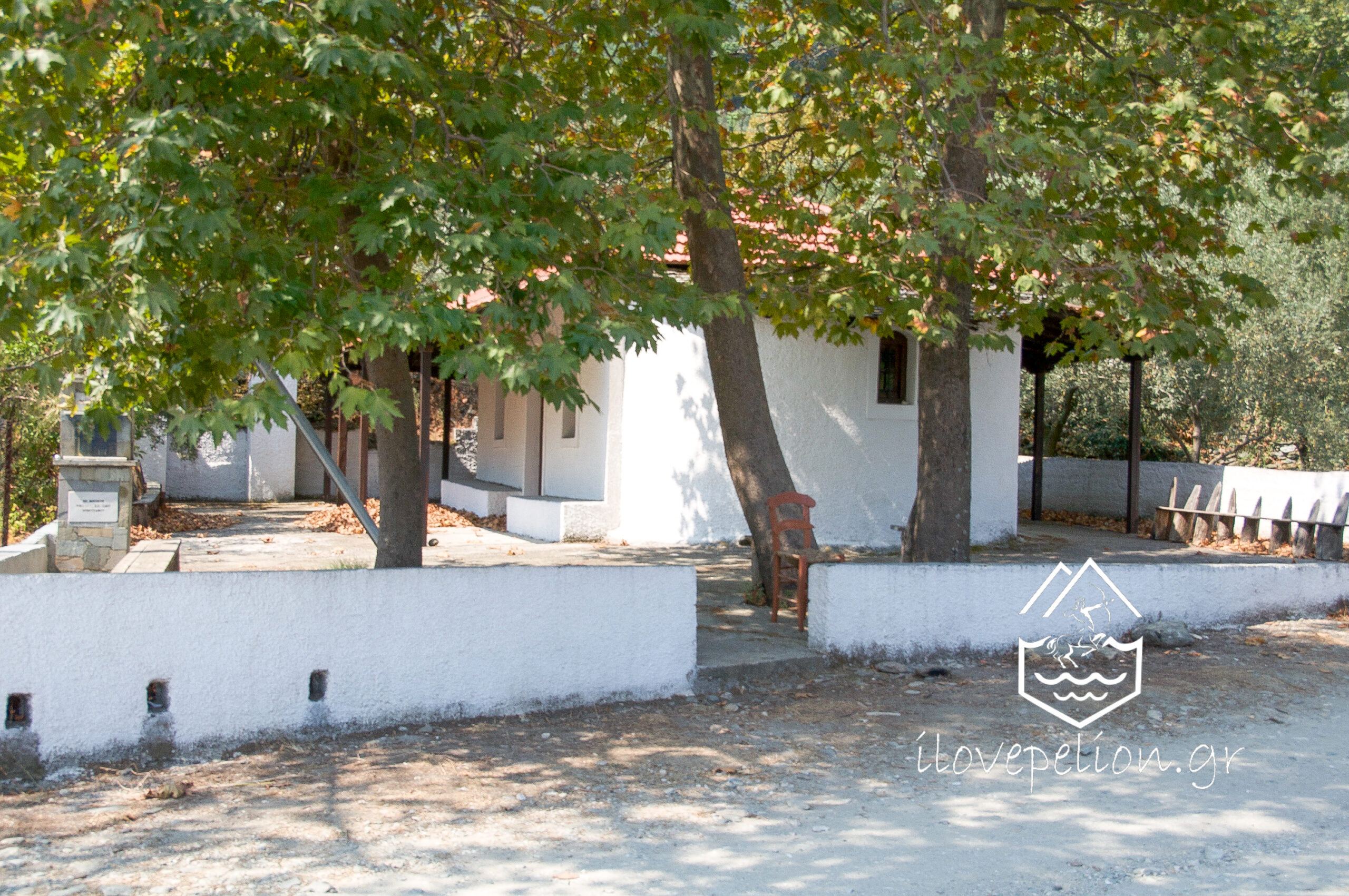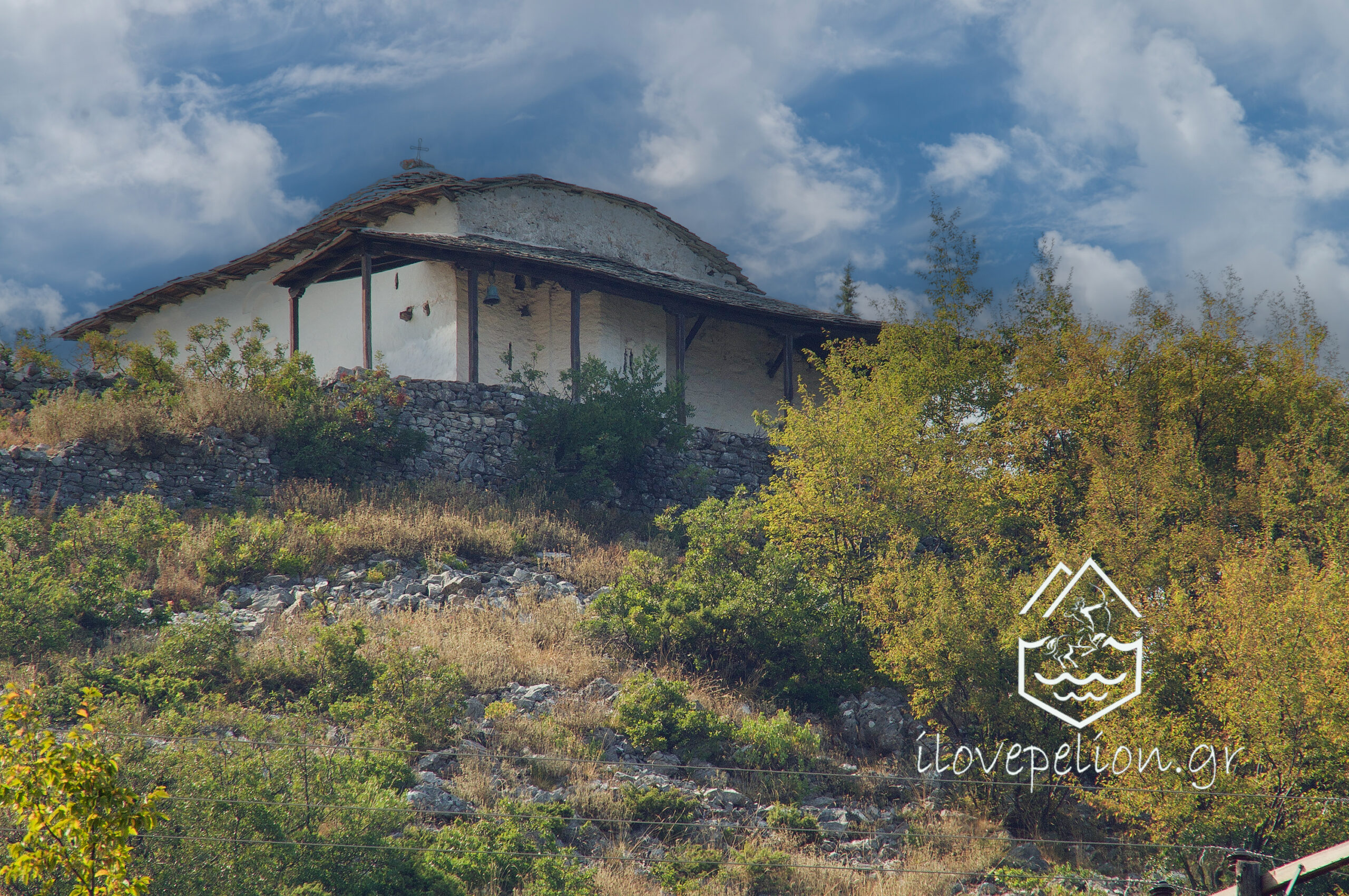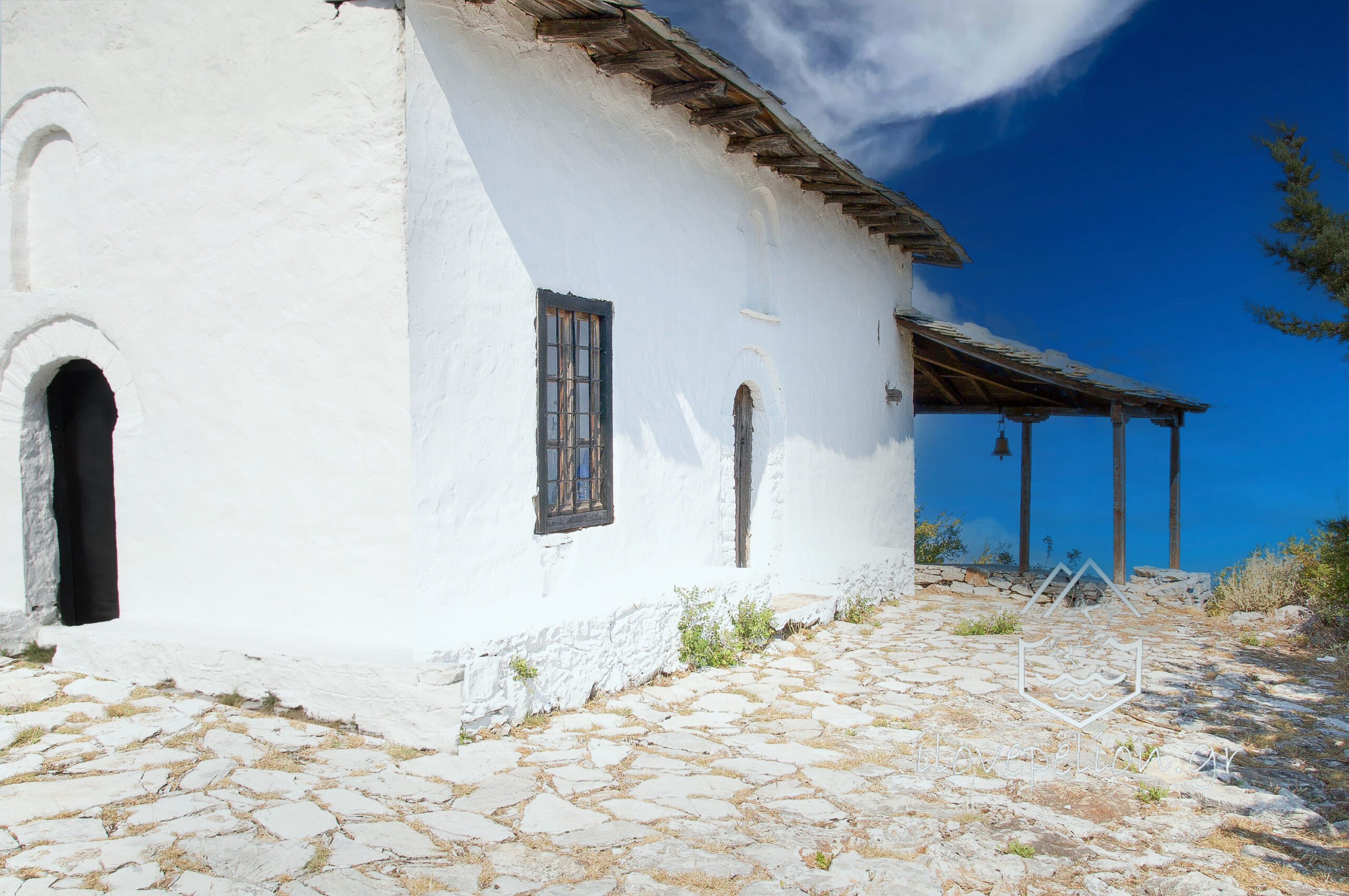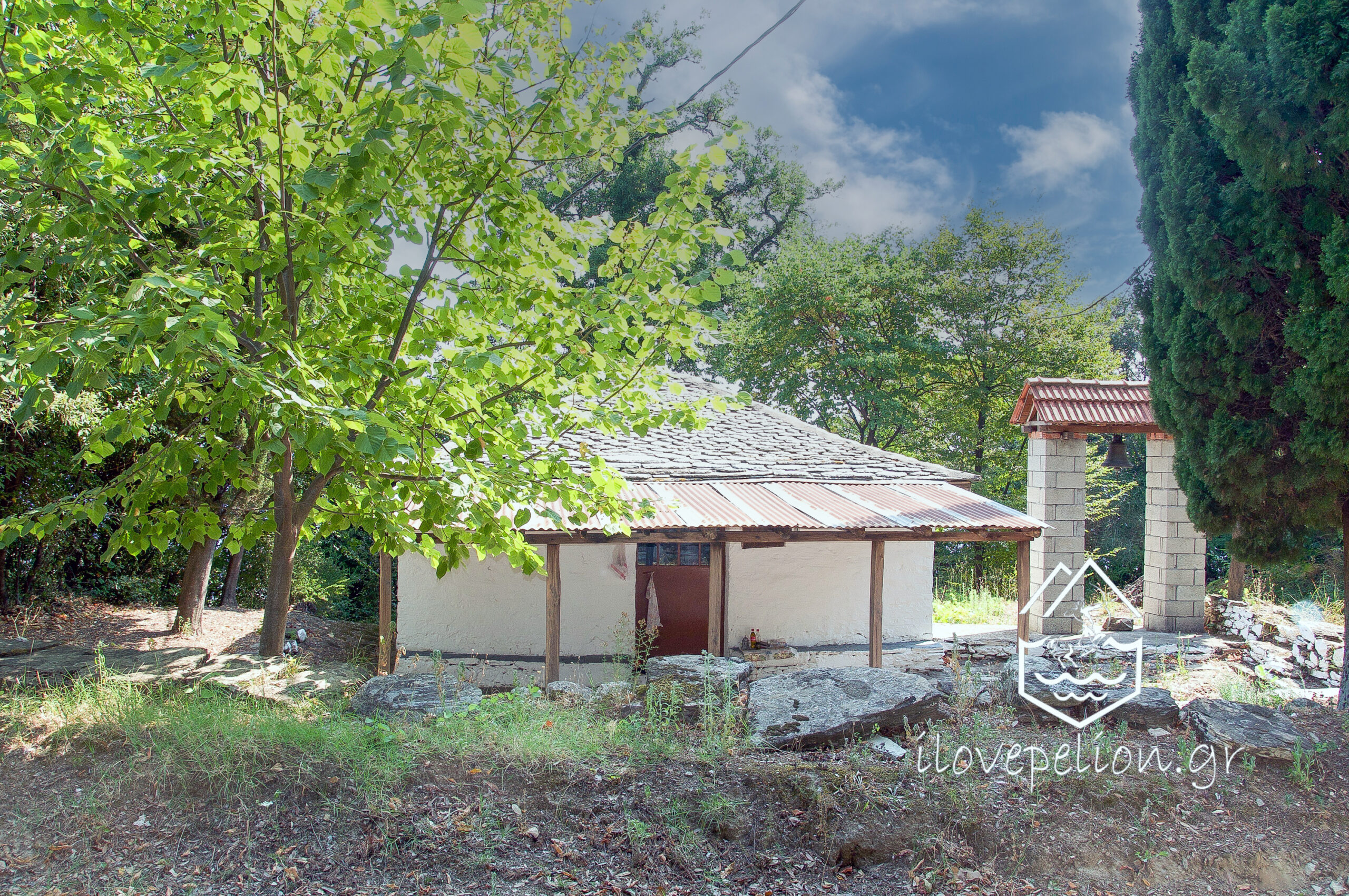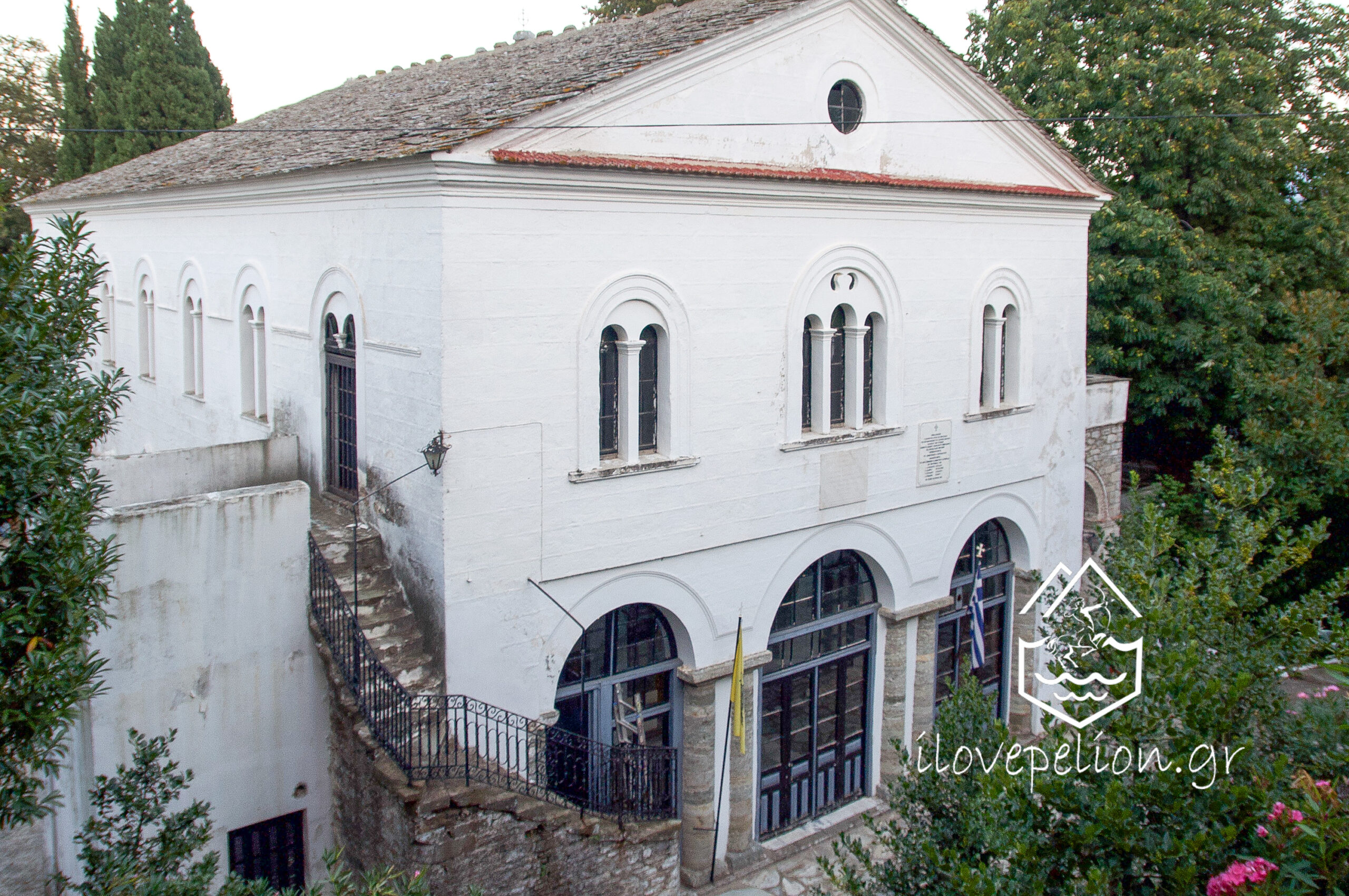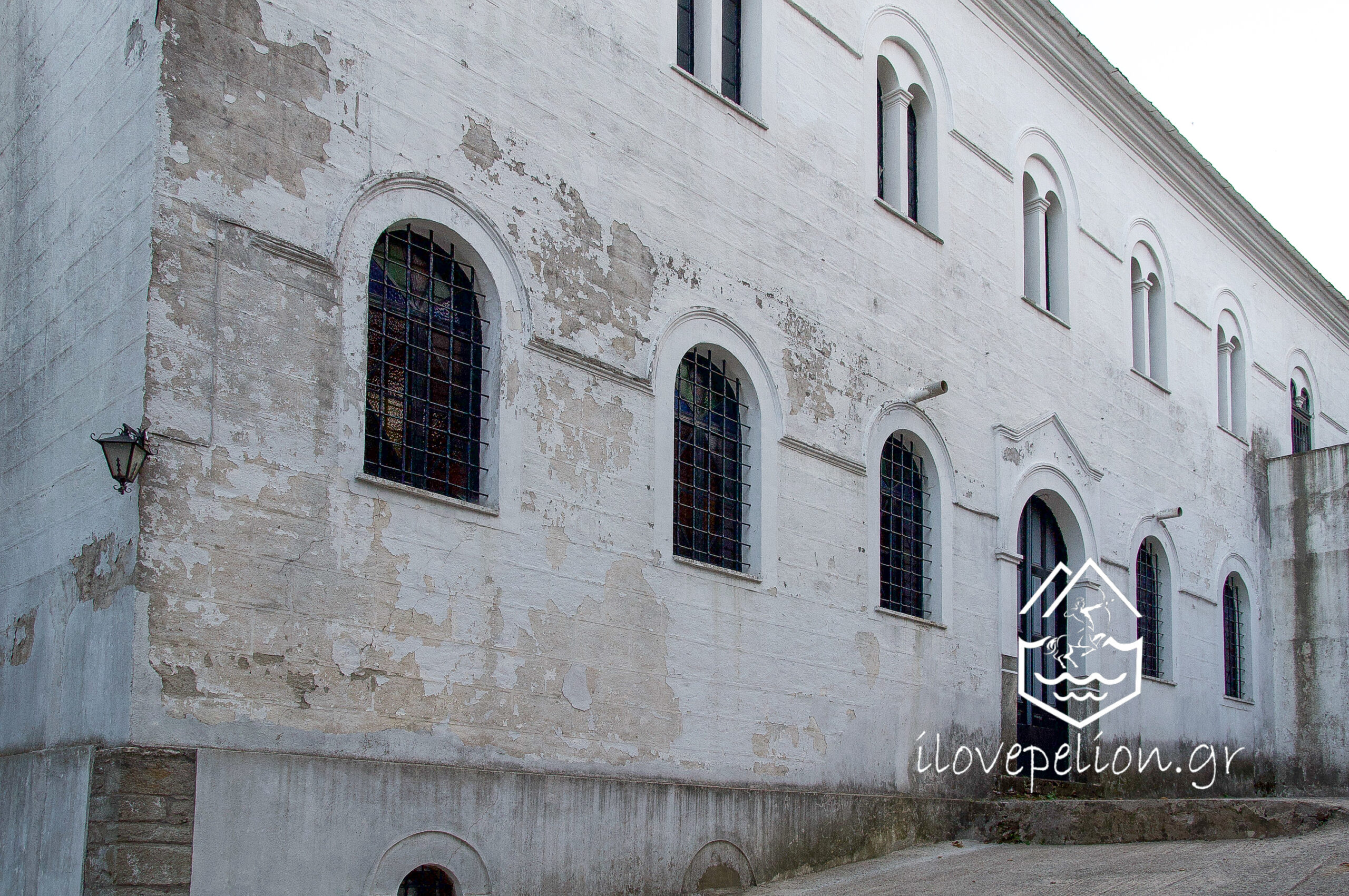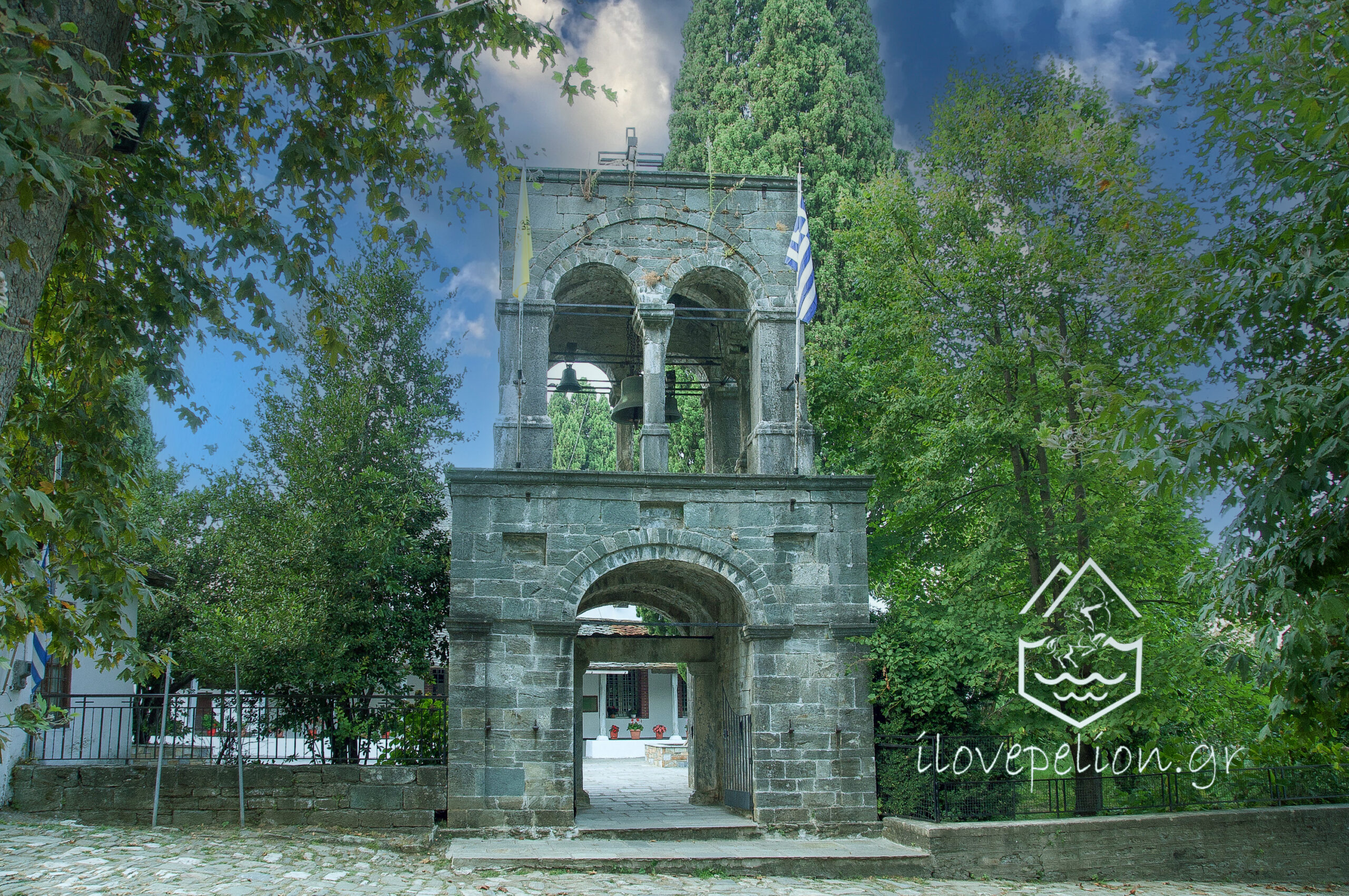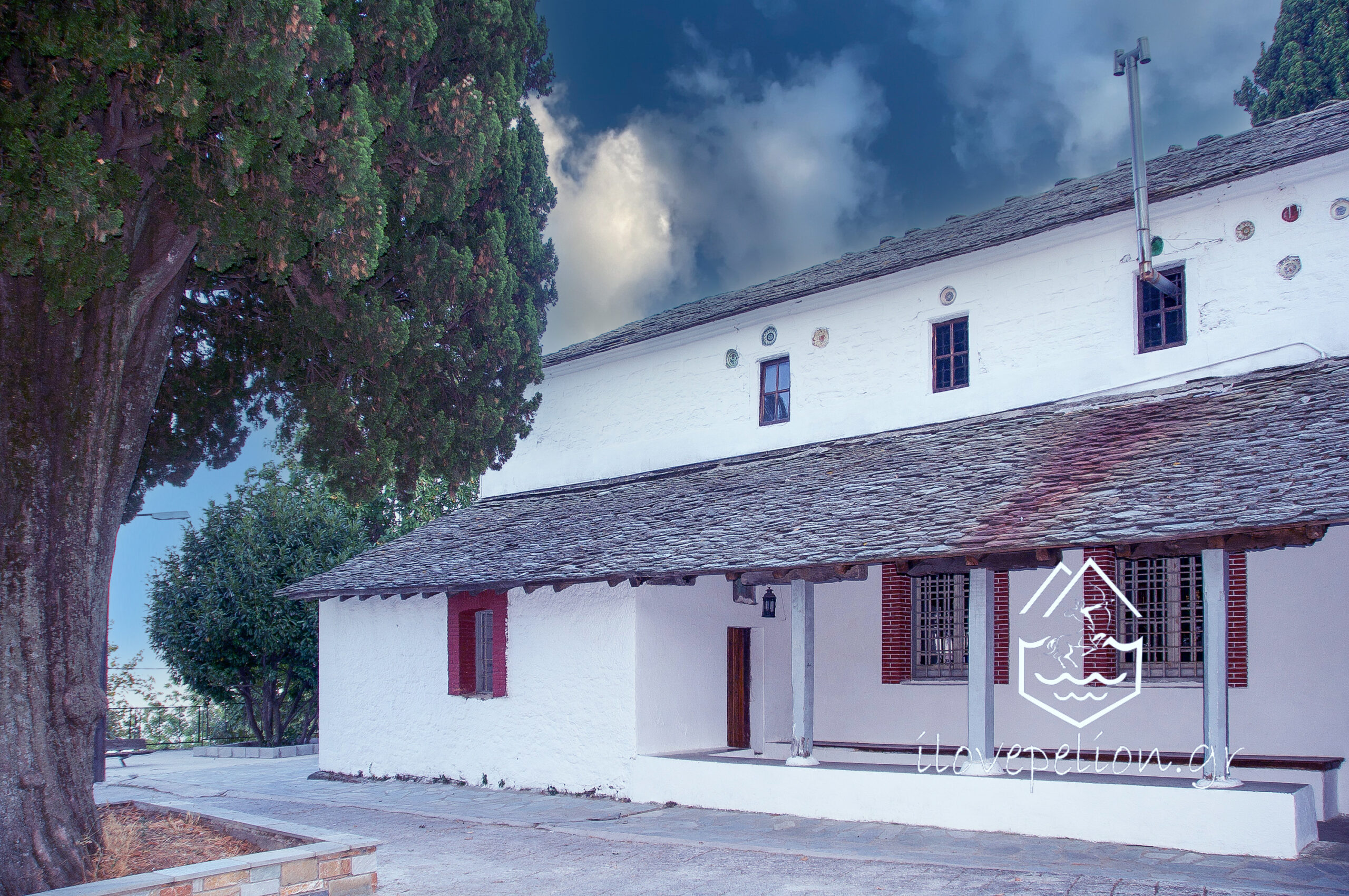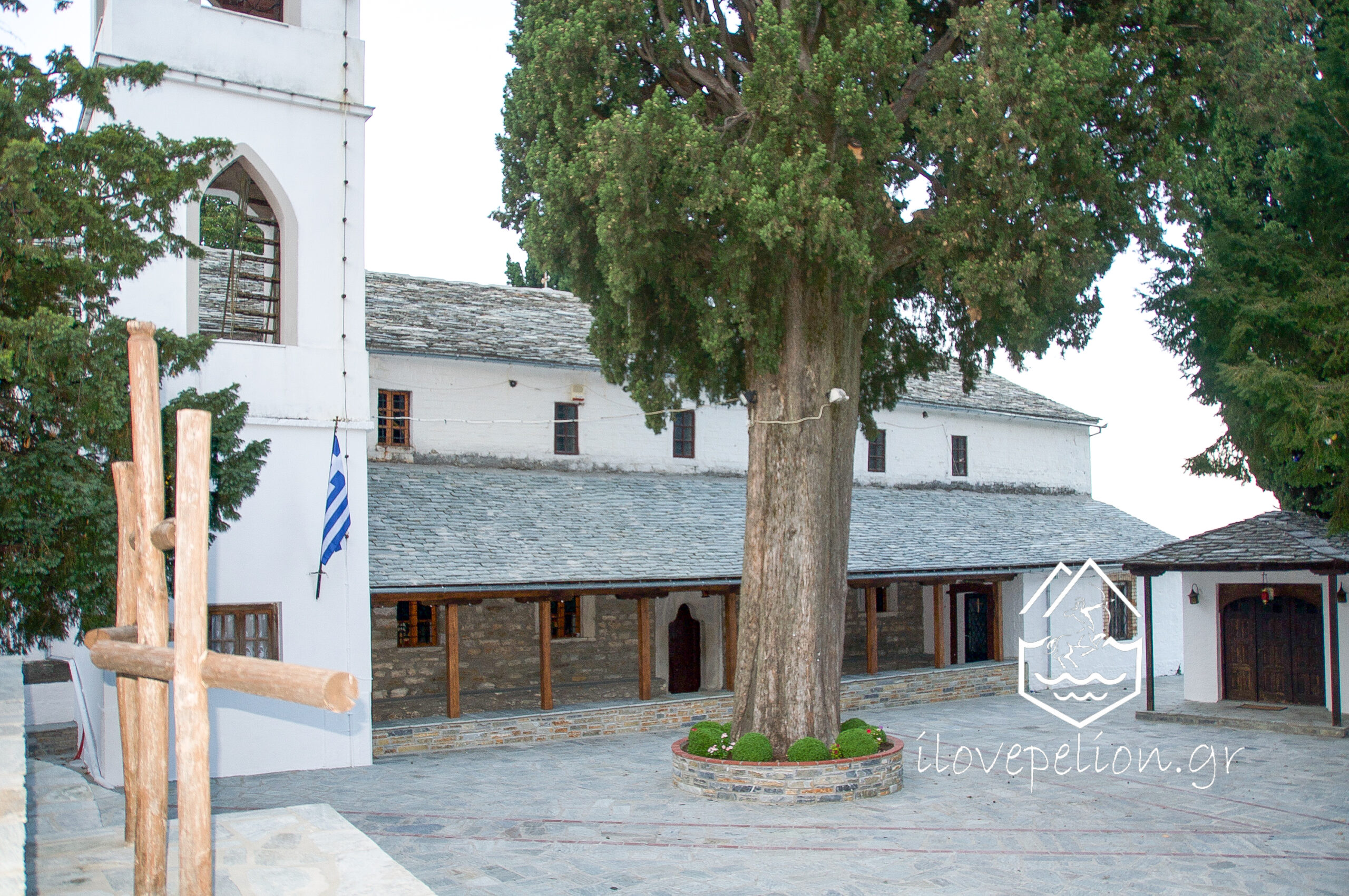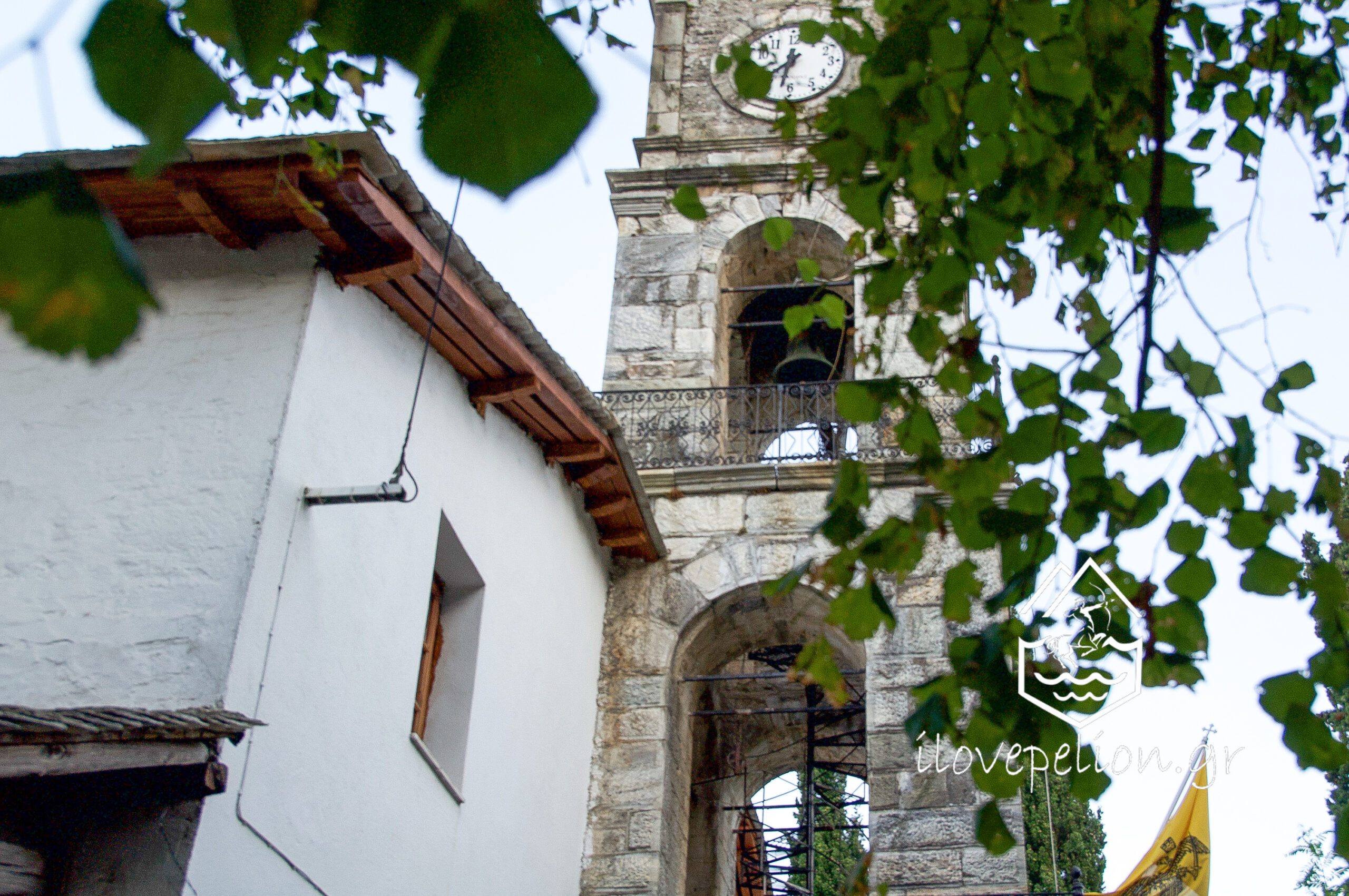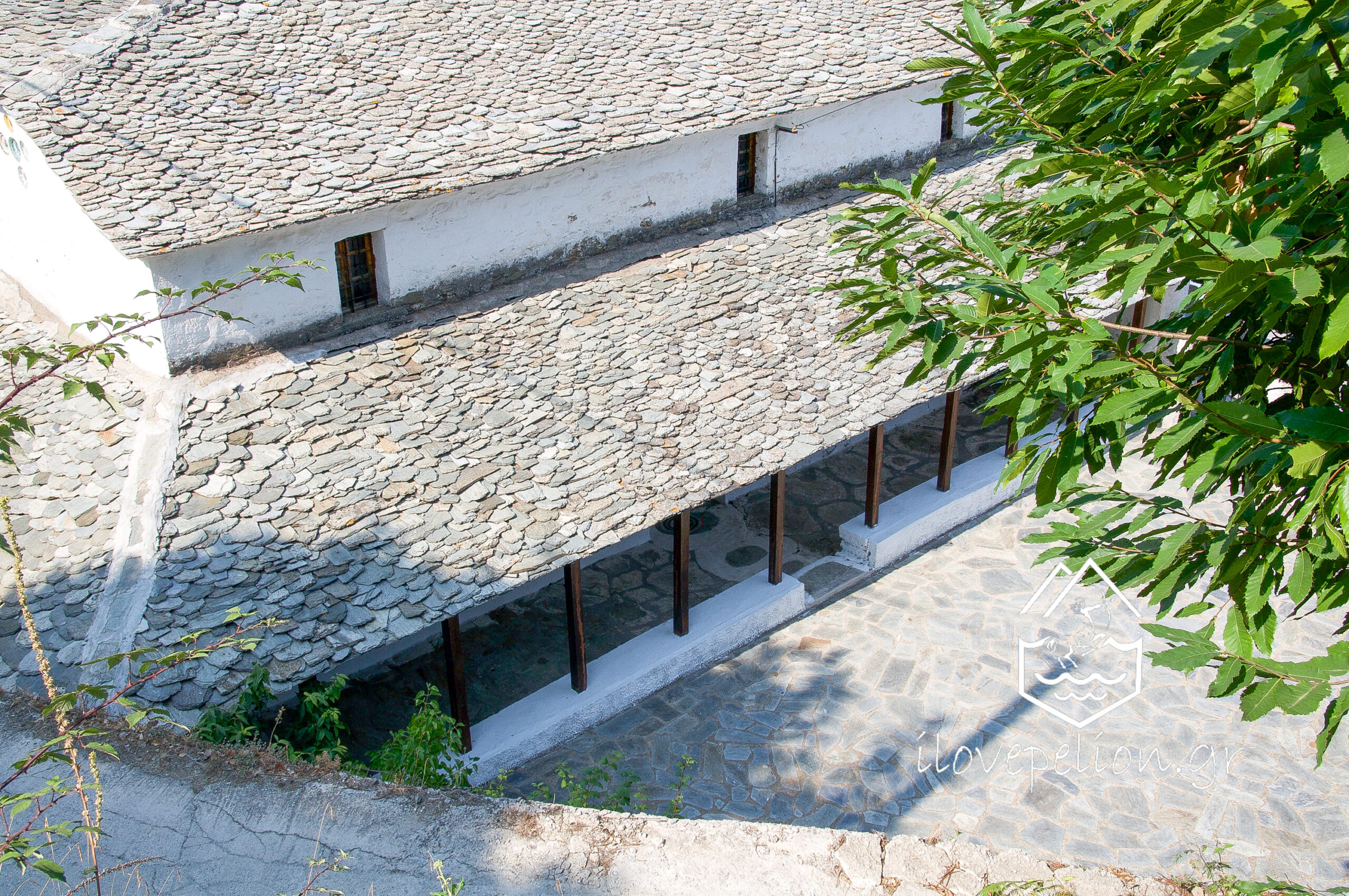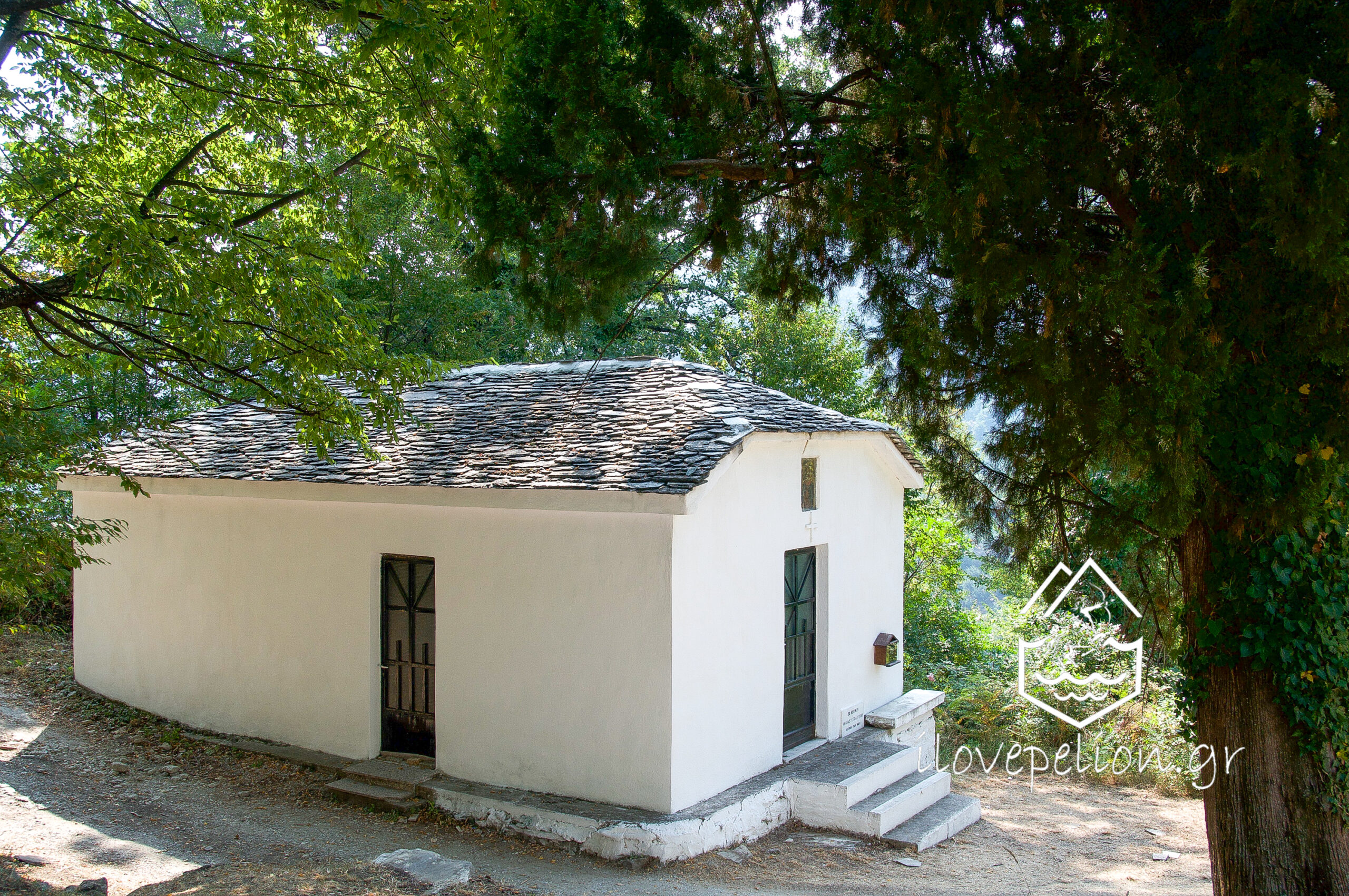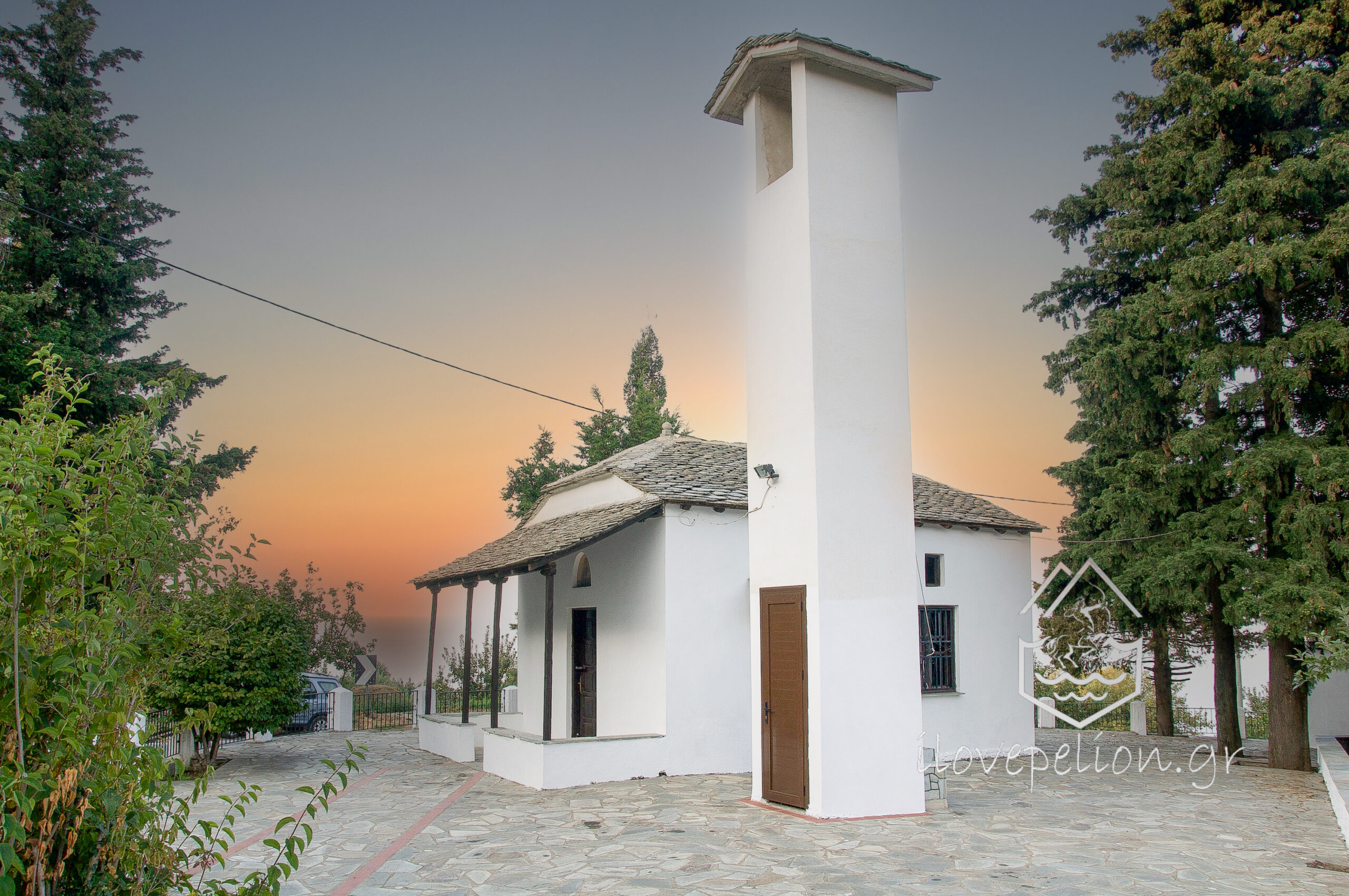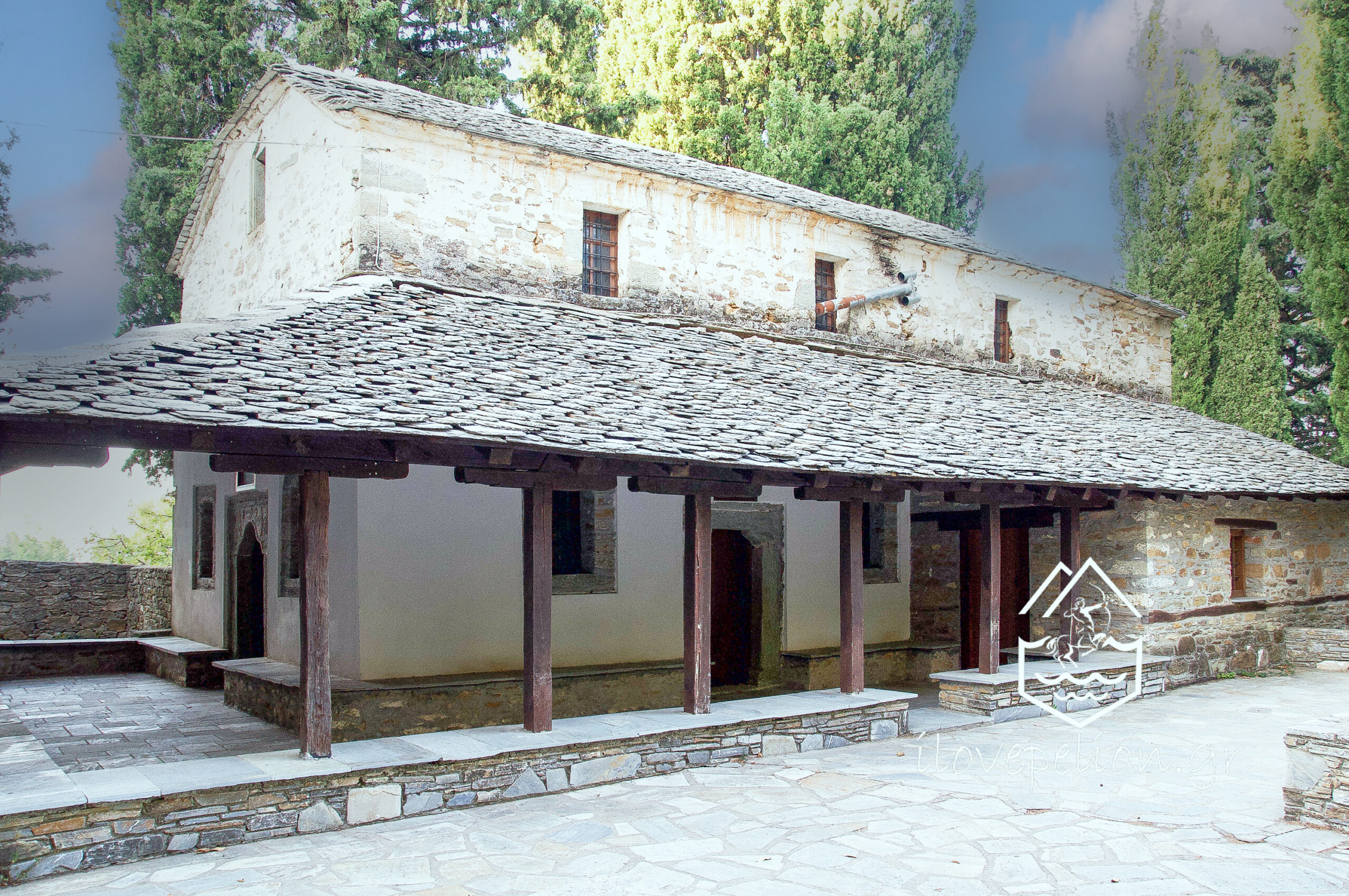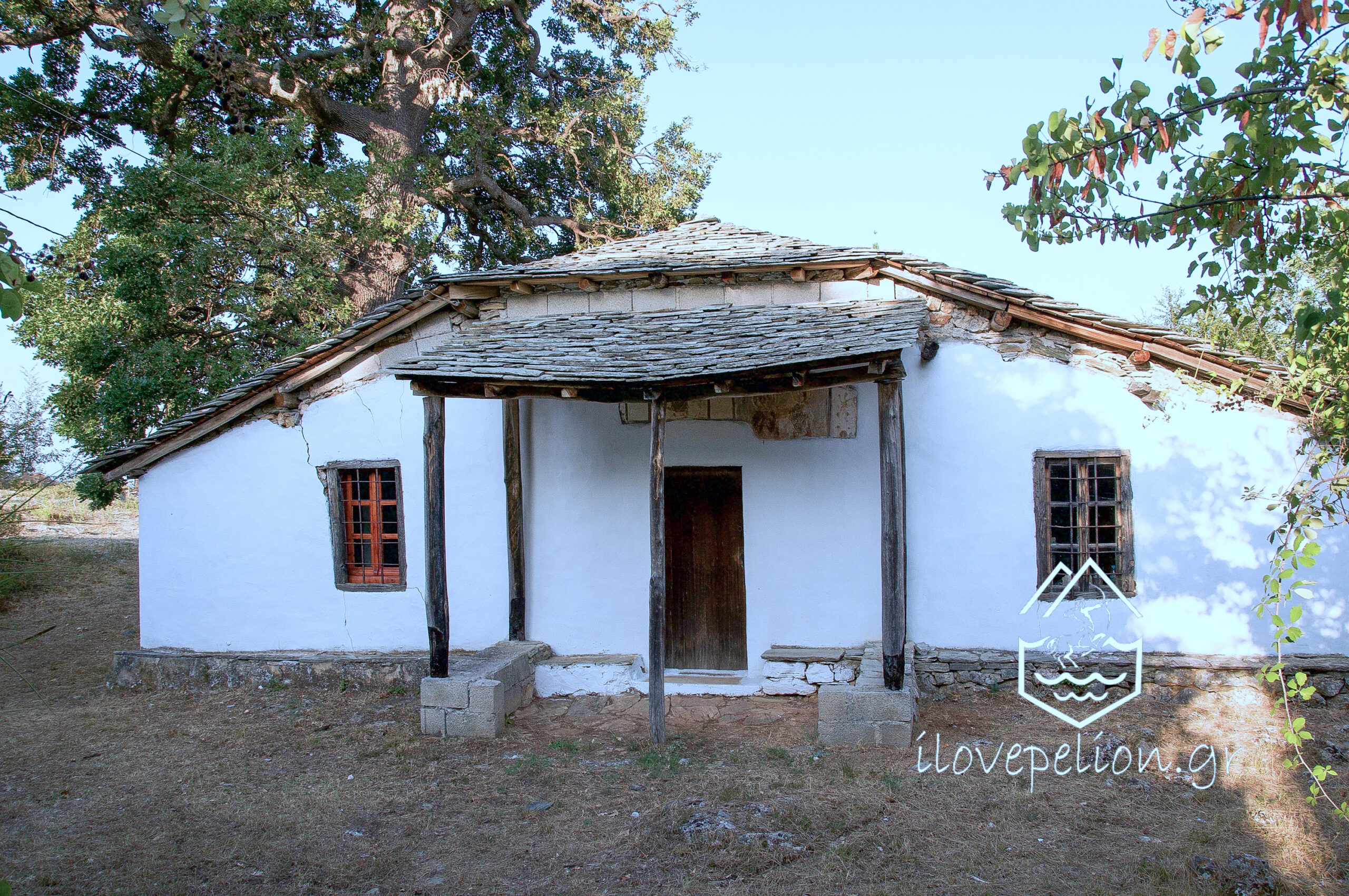Visit the largest capital village of Pelion
Zagora, the largest of the capital villages of Pelion, was a pioneer in the cultivation of letters and the development of crafts, shipping and trade.
The old Zagorians were not only industrious and progressive people but also philanthropic and philanthropic. Many became benefactors and benefactors of their native land, allocating large sums for public works and for studious youth. Moreover, their faith in God and their reverence for God is reflected in the derelict parish churches of the town and in the numerous chapels – most of them old micro-monasteries – that are scattered in the area, from the sea to the hilltops above Zagora.
Most of the churches were built three centuries ago, and even earlier. During their many years of presence, due to the effects of the elements of nature and other causes, some chapels have been destroyed, but they have been poorly repaired and almost all of them have lost more or less their original decoration.
Visit Zagora's Restaurant
How to find us
It is an ideal starting point for excursions to the enchanting neighboring villages of Puri, Makrirachi, Kissos, Agios Dimitrios, Mouresi, Tsagarada and to the blue Aegean beaches such as Horefto, Parisaina, Analipsi, Agioi Saranda, a little further Agios Ioannis, Damouhari, Fakistra, Mylopotamos.
Within walking distance there are traditional restaurants, cafes, ATM, Souper Market, kiosk, bookstore and the stop of the intercity KTEL Magnisias. There is also the magnificent paved square of Agia Kyriaki, built by the Municipality of Zapaniotis in 1740, and renovated in 1803, which is shaded by large cypresses, lime trees and some other smaller trees.
At a distance of 200 meters you will find the historical school of Riga Feraios and at 350 meters the public library of Zagora. You can also visit the emblematic historical – listed building Archontiko Fronimos where the Municipality of Zagora-Mouresi is now housed.




